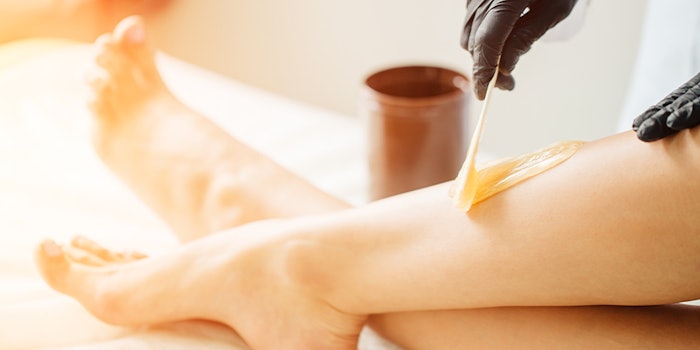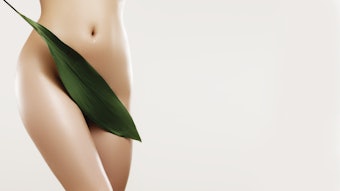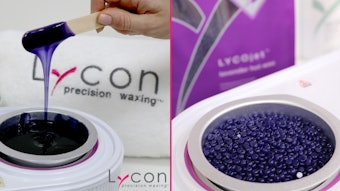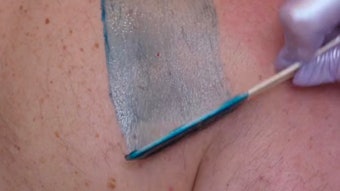
Although most of us use hot wax, a recent article on Heathline broke down the differences between hot and cold wax for clients and consumers. It may be beneficial to share this inforamation with your clients or use it yourelf if you are new to the industry.
Related: Waxing Maintenance Guide for Your Clients
Cold Wax
For cold wax, the wax is pre-measured and pre-applied to cold wax strips unlike hot wax where the specialist has control of how much wax to apply directly on the body.
Benefits of cold waxes include, no burns since it is applied at lukewarm or room temperature. It is also more user-friendly, because the strips are pre-cut and shaped to fit specific areas. Lastly, cold wax is less expensive than hot wax and can save time in application.
The downfall of cold waxes is that it works best on fine hair, such as facial hair, making it less effective on thicker or coarse hair.
A precaution to cold wax is that it may cause folliculitis, which is inflammation of the hair follicle that results in bumps.
Hot Wax
Hot waxes also come in two forms, soft wax, where the specialist will use strip to remove the wax, and hard wax where it will harden in place without a strip.
Hot wax is typically more precise because it can be spread to fit the contours of the body. Although, if not pulled off properly, leftover wax can stick to the skin.
The drawbacks of hot wax is that without proper precaution, it can burn the client. In addition, it is typically more expensive and takes a great deal of experience to master.
Related: Millennial Women Hate Shaving and Seek Alternatives










